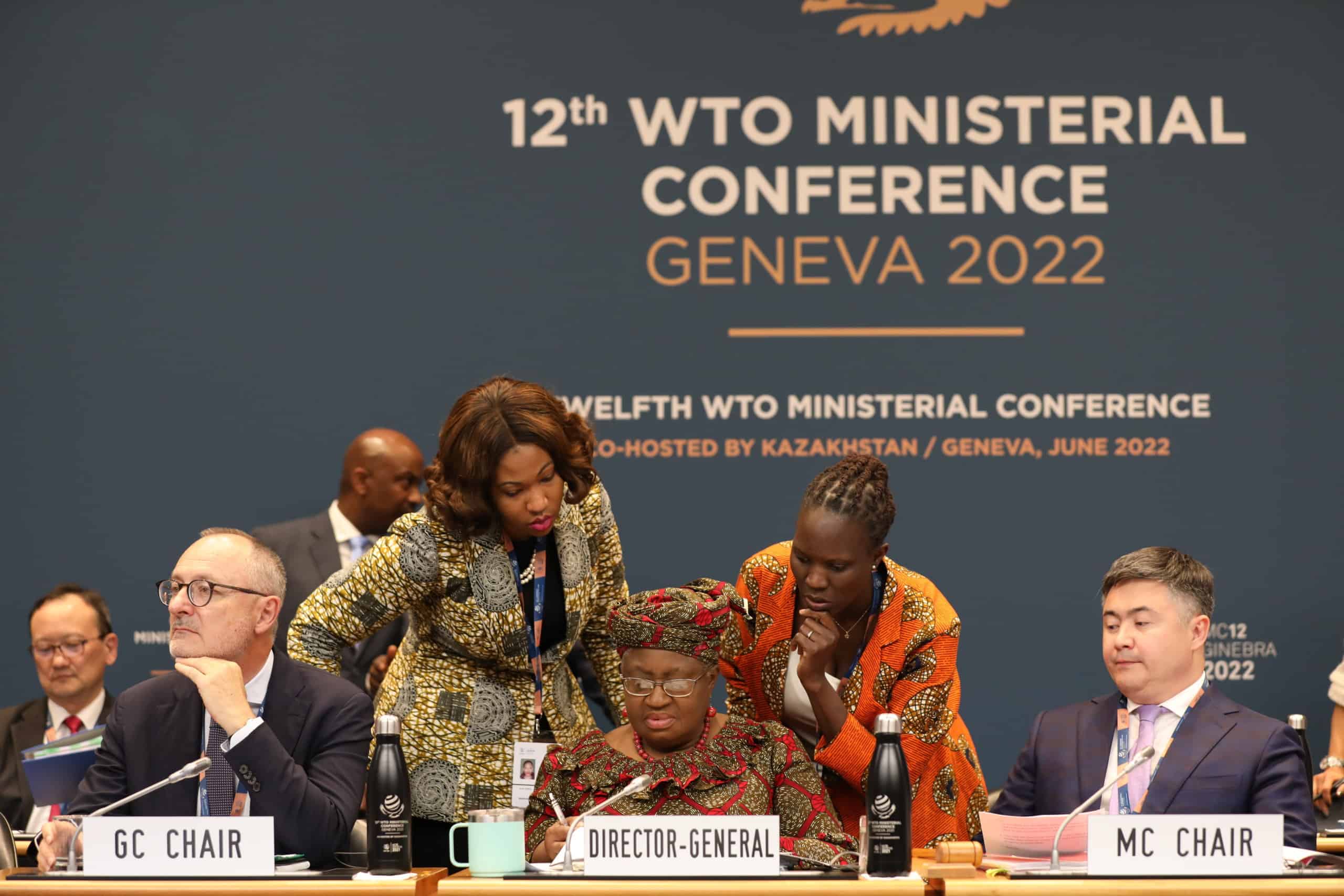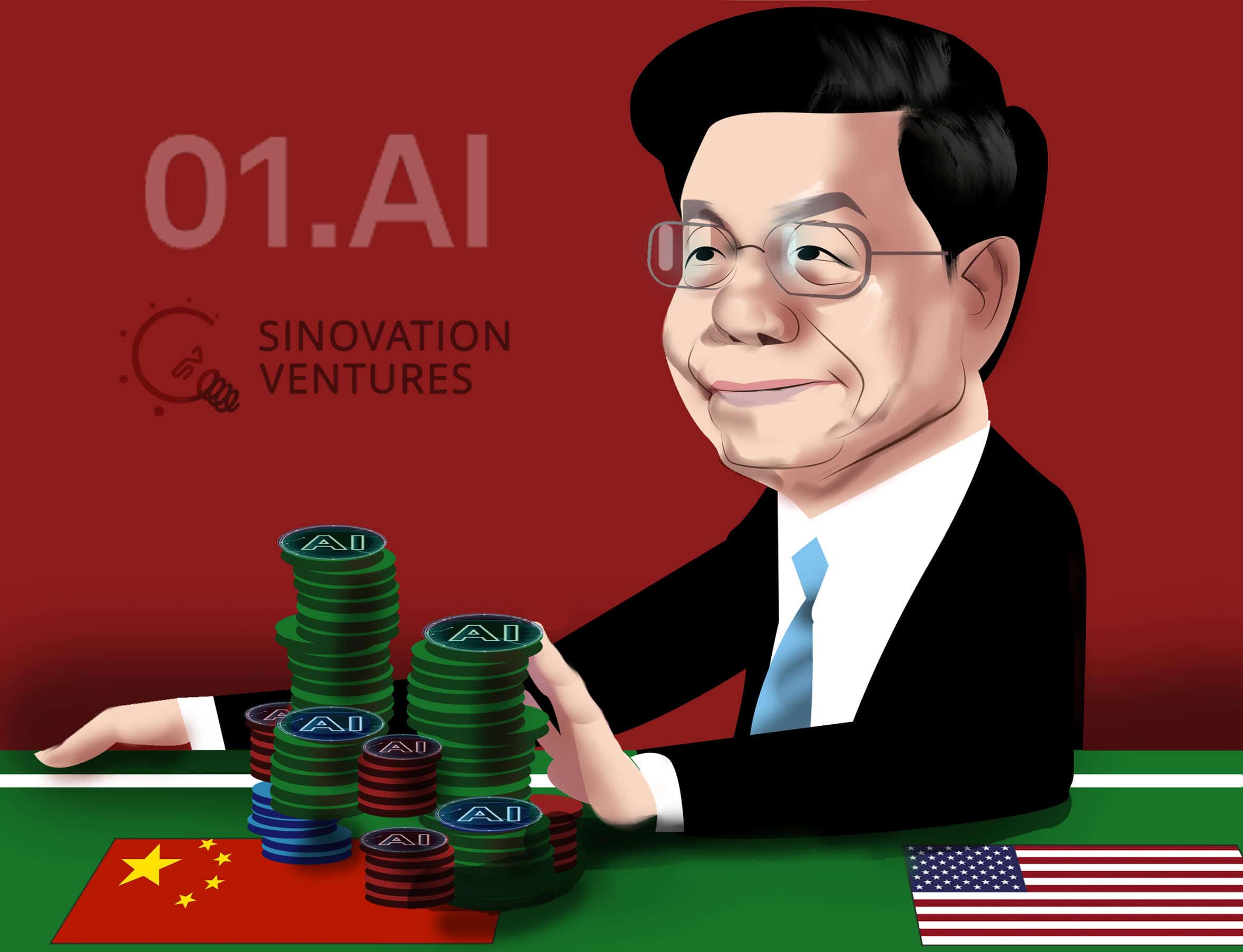
The return of high inflation in many developed economies seems to have surprised central banks and has quickly become people’s leading economic worry. While monetary tightening is necessary, the role of structural factors warrants attention, too. Specifically, besides pandemic-related supply-chain disruptions and the energy and food-price shocks amplified by the Ukraine war, policymakers must also acknowledge more explicitly the inflationary consequences of deglobalization.
During the two decades before the 2008 global financial crisis, globalization seemed unstoppable. The volume of global trade increased more than twice as fast as world GDP, as liberalization of trade and investment in developing Asia, Latin America, and Central and Eastern Europe contributed to a boom in cross-border reallocation of production flows of final and intermediate goods.
The hyper-globalization of this period, and notably the integration of China into world trade and investment portfolios, helped to reduce inflationary pressures in developed economies. For example, when overall annual US inflation was hovering around 2%, goods inflation was often about -1%. While US import prices of manufactured goods from industrialized countries rose by 33% between 1990 and 2008, prices of goods from developing countries increased by a mere 3.4%. Furthermore, the smallest price increases were for products imported largely from China.
The disinflationary pressure from China resulted from the country’s sustained economic reforms and international firms’ investments. China reduced its average tariff from over 40% in the early 1990s to 15% when it joined the World Trade Organization in 2001, and to about 8% in subsequent years. Economic liberalization and access to world markets spurred domestic Chinese entrepreneurs to set up firms in response to growing opportunities.
Meanwhile, China’s encouragement of foreign direct investment, coupled with its low labor costs and relatively good infrastructure, attracted international companies, helping to turn the country into one of the largest FDI recipients and the “factory of the world.” Foreign companies accounted for one-third to one-half of China’s overall exports for much of the previous three decades.
By enabling low-cost imports to replace more expensive domestic products, globalization had a direct disinflationary impact on advanced economies. It also helped to make domestically produced goods more competitive and weakened workers’ bargaining power.
One country’s deglobalization measure may prompt others to follow suit, potentially distorting global production and trade patterns and making every country worse off.
But, by launching a series of trade wars – and especially by hiking tariffs on imports from China during 2018 and 2019 – US President Donald Trump dealt a body blow to globalization. Trump’s actions have pushed up US prices both directly and indirectly. The direct effect is that US households must now pay substantially more for Chinese-made goods. The indirect consequences include higher prices of US imports from other countries and of other goods and services.
Moreover, US President Joe Biden’s administration, wary of accusations of softness toward China, has so far not rescinded Trump’s tariffs. In fact, deglobalization pressures in the US and elsewhere have increased in the past couple of years amid rising national-security concerns and geopolitical tensions.
Click here to read a Big Picture on Biden’s approach to Trump’s tariffs, by Garrett O’Brien.
Seemingly inspired by these US measures, many other countries have recently introduced import tariffs or other trade barriers, resulting in comparable upward pressure on prices. Plans by the US and several European countries to offer companies incentives to reshore production at home or “friend-shore” their supply chains will likewise lead to higher domestic prices.
Similarly, China has longstanding industrial policies aimed at increasing “self-reliance.” Its recent adoption of a “dual-circulation” strategy to foster growth based on domestic demand and domestic supplies, especially in technology sectors, will have similar effects on the prices.
Although talk of deglobalization is now translating into actual policy, the inflationary consequences will be felt only over time. In 2019, Kristin Forbes, a former member of the Bank of England’s Monetary Policy Committee, asked a key question: If globalization’s disinflationary effects previously made it easier for major central banks to pursue and maintain low inflation, will increasing deglobalization have the opposite effect?
If deglobalization proceeds unchecked, central banks may need to tighten monetary policy more than they otherwise would have. One country’s deglobalization measure may prompt others to follow suit, potentially distorting global production and trade patterns and making every country worse off. The world therefore needs some global rules, most logically via the WTO and the G20, to discipline national policies in these domains.
A collective approach like this would limit the inflationary impact of deglobalization and reduce the need for central banks to step too hard on the brake. That will help to decrease the likelihood of a global recession, or at least make an eventual downturn less severe.
Copyright: Project Syndicate, 2022.

Shang-Jin Wei, a former chief economist at the Asian Development Bank, is Professor of Finance and Economics at Columbia Business School and Columbia University’s School of International and Public Affairs.

Tao Wang is Chief China Economist and Head of Asia Economic Research at UBS Investment Bank.



